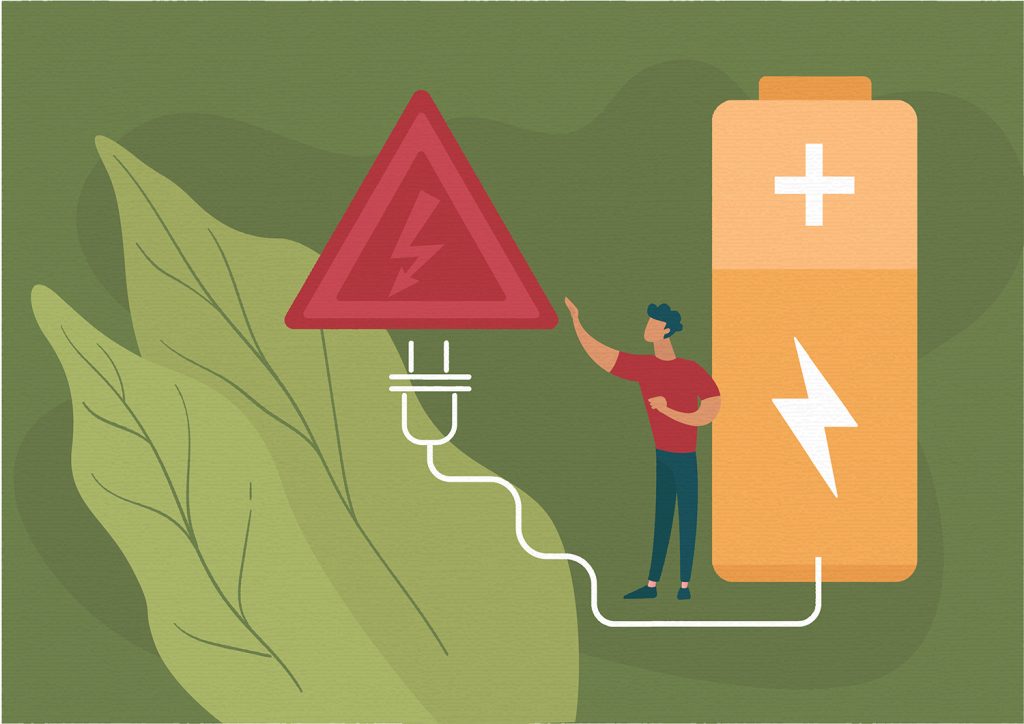
Batteries provide a portable, and usually safe, source of electricity. From batteries in our cell phones to industrial-sized backups, we rely on them every day.
With Christmas just around the corner, parents will be stocking up on batteries for all the new toys their children will be unwrapping on Dec. 25. Although batteries seem harmless, safety should always be a top concern when using and replacing batteries.
Batteries produce hydrogen gas. When hydrogen gas mixes with oxygen and meets an ignition source like a spark, an explosion can occur. Excess hydrogen gas is most likely to be created when batteries are charging or when batteries are mismatched, damaged or connected incorrectly.
As batteries discharge, through use or gradual discharge, increasing pressure in the battery and causing the insulating seals at the end of the battery to rupture. As batteries age, the steel outer canister may corrode or rust. The crystals found on corroded batteries can cause respiratory, eye and skin irritations.
These tips will help you use this dependable source of power safely.
- Always note the warnings and manufacturers’ instructions for both the batteries and the battery-powered product.
- Don’t mix batteries of different brands.
- Confirm that the contacts of both the battery and product are clean of corrosion.
- When inserting the battery, match the positive and negative symbols of both the battery and the product. While putting the batteries in backward may allow the product to operate, it may accidentally charge the batteries, resulting in venting or leaking.
- Don’t mix batteries of different types, such as alkaline and non-alkaline or rechargeable and non-rechargeable.
- Do not heat or damage batteries.
- When storing a device, remove its batteries.
Sources: Electrical Safety Foundation International, Safety Toolbox Topics, Consumer Reports



